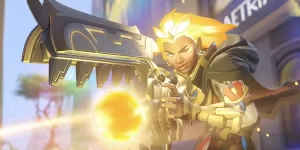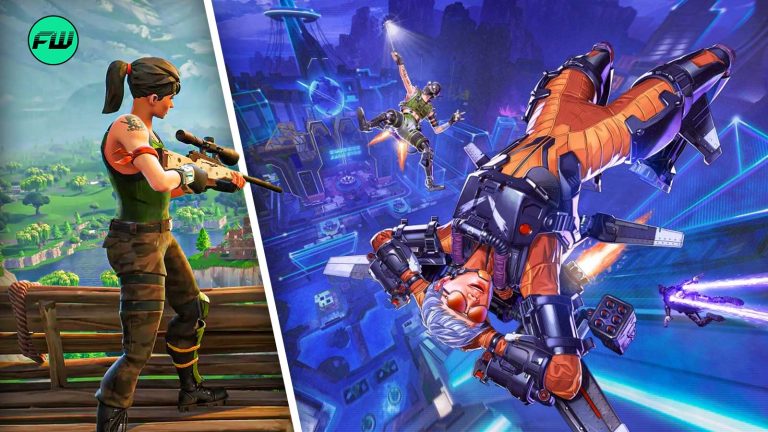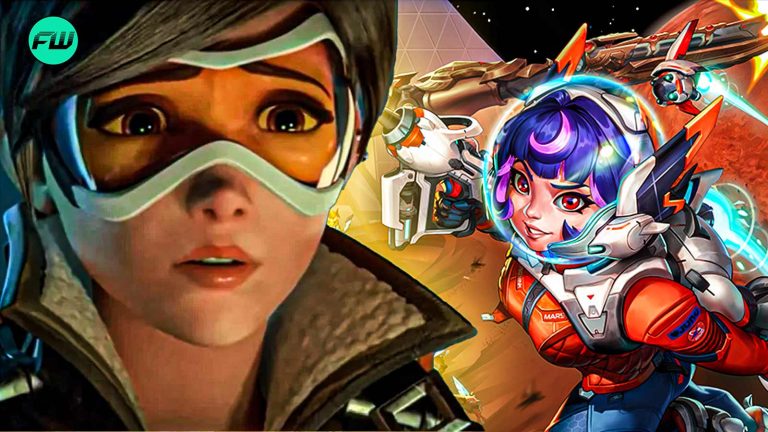“Penalties were harsher”: Overwatch Classic’s Major Feature Showcases Why Basic Heroes Are Boring to Play
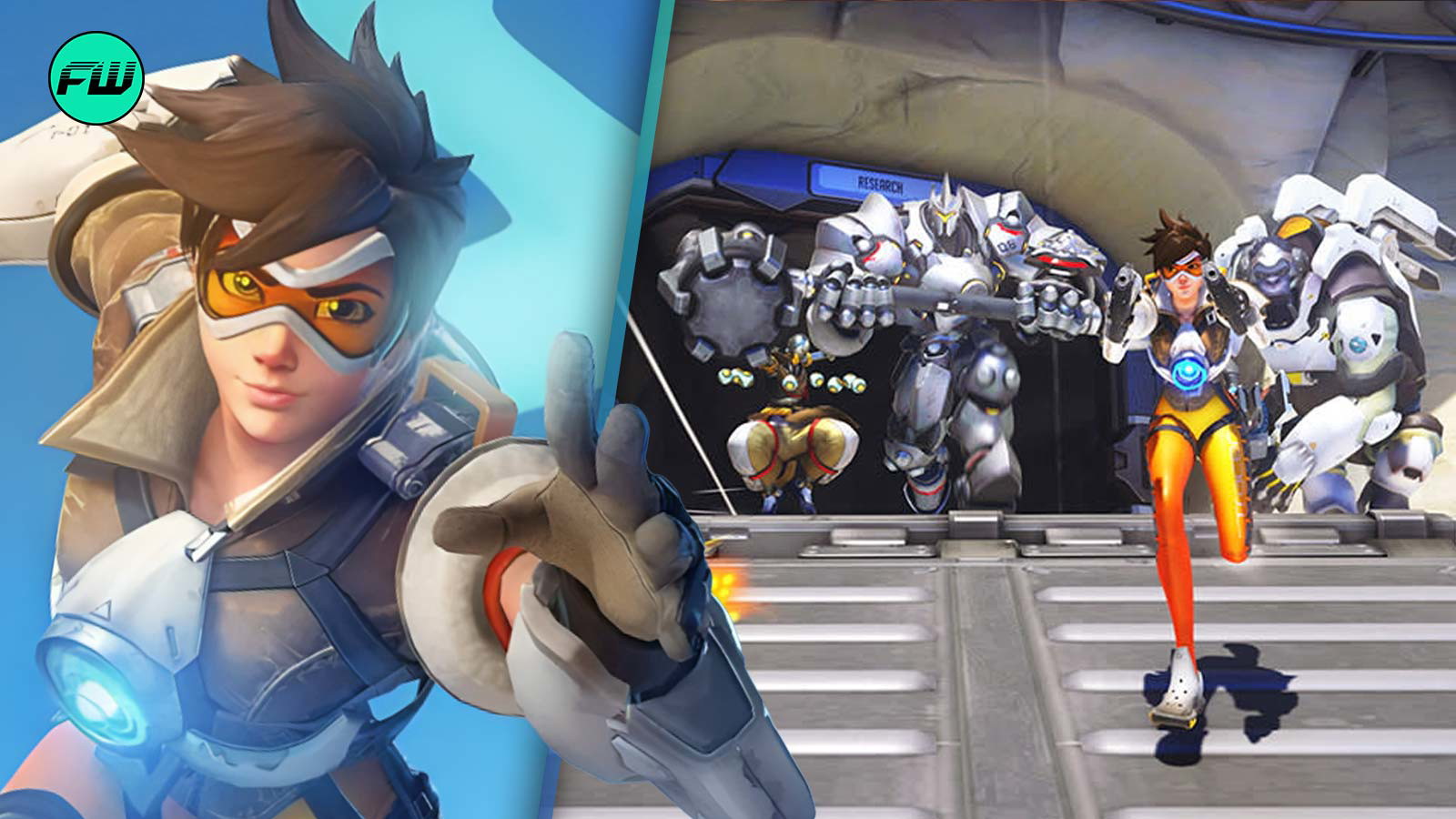
The Overwatch community has had a mixed reaction to the release of Overwatch Classic. This temporary game mode has been brought back in Overwatch 2 (OW2) Season 13 and players are getting reminded of the quirks, frustrations, and simplicity of the early days. There’s a lot of nostalgia going around for both sides of the field.
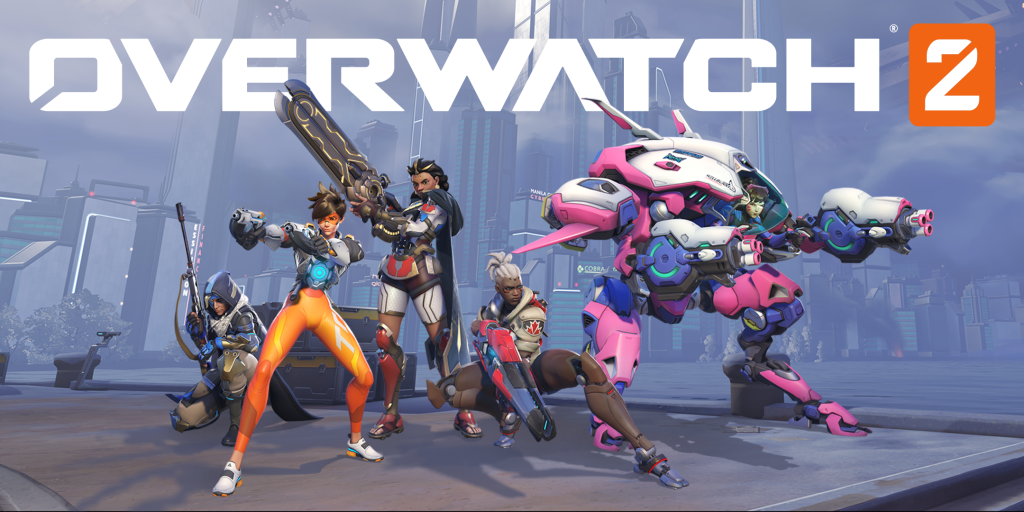
While the slower pace and basic heroes might feel nostalgic for some, many players have found these qualities to highlight the game’s evolution. The lack of mobility, clunky mechanics, and rigid playstyles in Overwatch Classic show how OW2 has delivered a smoother and more fast-paced game.
Overwatch Classic is Making Players Appreciate OW2 More
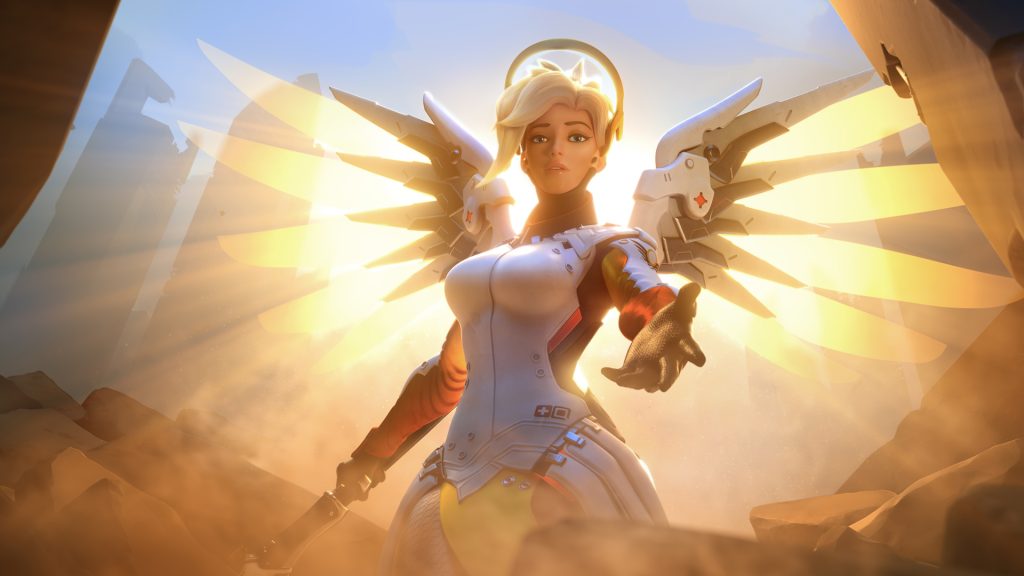
One glaring difference in Overwatch Classic is the slower pace and harsher movement penalties. Heroes like D.Va and Bastion feel sluggish, and abilities like Lucio’s speed boost stand out dramatically compared to the rest of the roster.
The limit does not exist 💥
— Overwatch (@PlayOverwatch) November 15, 2024
Due to overwhelming demand, we are extending no limits in Overwatch: Classic through the weekend! The new end date for no limits is now Nov 18. https://t.co/LvYmNa1Ilr
This mobility nerf forces players to consider their positioning and timing. And while this slow pace encourages tactical gameplay, it also makes certain heroes feel outdated and tedious.
Bastion’s immobile turret form and D.Va’s movement penalty when firing remind players of how static older heroes feel in comparison to their modern counterparts.
With OW2, there was a change in mobility and mechanics that caused a divide in player preferences. Abilities like Genji’s dash and Cassidy’s roll are far smoother and more versatile in the OW2 but in Overwatch Classic they feel clunky and restrictive.
overwatch classic made me realize it feels like shit to play genji because when you dash your camera is locked for 45 minutes for some reason
— Apply (@Apply) November 12, 2024
Players quickly realized how restrictive these older mechanics felt, particularly when comparing Lucio’s current fluid speed boost to its clunkier 2016 version. Modern Overwatch’s faster, more dynamic gameplay has raised the skill ceiling but at the cost of some of the slower, strategic elements.
Overwatch 2 Isn’t Perfect Either But It’s Still Better

Healing and sustain are other areas where Overwatch Classic feels out of date. Overwatch 2 has leaned heavily into healing and sustain mechanics whereas Classic mode forces players to consider their health more carefully. Heroes die faster so healing is less effective, and the absence of safety nets like burst healing or escape abilities is noticeable.
What OW classic makes so obvious is the amount of mobility creep that exists in the base game
byu/TJ736 inOverwatch
For long-time players, revisiting Overwatch Classic is both a nostalgic delight and a sobering realization of the game’s past limitations. Heroes like Mercy, with her mass-resurrection ultimate, and Hanzo, with his Scatter Arrow, feel almost absurd by modern standards.
The lack of role queue and single-hero limits in Overwatch Classic also show how chaotic it used to be. The introduction of a role queue in Overwatch 2 provided a fairer, more balanced environment. This change has made the game more accessible, even if some players miss the unpredictable fun.
Overwatch Classic is both a nostalgic journey and a stark reminder of how far the game has evolved. While it’s fun to revisit the past, it’s clear that the franchise’s future lies in its current faster more balanced state.
The game is far from perfect today but let’s see where it goes from here. What do you think of the current state of Overwatch?
This post belongs to FandomWire and first appeared on FandomWire
